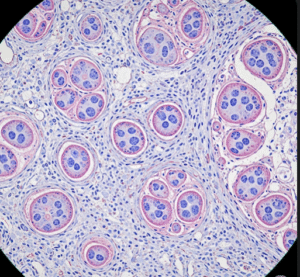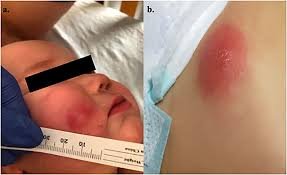Overview
Frontal Lobe Epilepsy (FLE) is a neurological disorder in which seizures originate in the frontal lobes of the brain, the regions responsible for movement, speech, behavior, and executive functions. It is one of the less common types of epilepsy, but seizures can be frequent and brief, sometimes occurring multiple times a day.
In Korea, epilepsy care has advanced significantly with modern neuroimaging, electroencephalography (EEG), and surgical interventions, offering better diagnosis, treatment, and quality of life for patients. Frontal lobe epilepsy can affect children and adults, and early detection is crucial to prevent complications.
What is Frontal Lobe Epilepsy?
Frontal lobe epilepsy is a type of focal (partial) epilepsy, where abnormal electrical discharges in the frontal lobes cause seizures that may involve motor activity, speech disturbances, or behavioral changes.
Key characteristics:
- Often occurs during sleep
- Seizures are brief (seconds to a few minutes) but may occur in clusters
- Symptoms may mimic psychiatric or sleep disorders, making diagnosis challenging
Symptoms
Symptoms vary depending on the area of the frontal lobe affected:
- Motor Seizures:
- Sudden jerking movements of limbs or face
- Repetitive movements (e.g., bicycling movements of legs)
- Posturing of limbs
- Speech and Cognitive Seizures:
- Sudden speech arrest or repetitive speech
- Confusion or disorientation
- Behavioral and Emotional Seizures:
- Sudden laughing (gelastic seizures)
- Vocalizations or shouting
- Aggressive or agitated behavior during seizures
- Other:
- Brief loss of awareness
- Eye deviation or head turning
Causes
- Brain abnormalities: cortical malformations, tumors, or scarring
- Genetic mutations associated with epilepsy syndromes
- Traumatic brain injury
- Stroke or infections affecting frontal lobes
- In many cases, the exact cause is unknown (idiopathic)
Risk Factors
- Family history of epilepsy or seizure disorders
- Previous brain injury or trauma
- Congenital brain malformations
- Brain infections (meningitis, encephalitis)
- Neurological disorders such as cerebral palsy
Complications
- Cognitive and behavioral impairments if seizures are frequent or uncontrolled
- Accidents or injuries during seizures
- Sleep disturbances due to nighttime seizures
- Psychiatric problems: anxiety, depression, or social difficulties
- Status epilepticus (prolonged seizures) in severe cases
Prevention
While FLE cannot always be prevented, measures to reduce risk or seizure frequency include:
- Medication adherence for diagnosed patients
- Avoiding seizure triggers (sleep deprivation, alcohol, stress)
- Regular neurological check-ups and EEG monitoring
- Protective measures to reduce head injuries
Treatment Options in Korea
Diagnosis
- Electroencephalography (EEG): detects abnormal brain electrical activity
- Video EEG monitoring: correlates clinical events with EEG changes
- Magnetic Resonance Imaging (MRI): identifies structural abnormalities
- Functional imaging: PET or SPECT scans in complex cases
Medical Treatments
- Anti-epileptic drugs (AEDs): carbamazepine, levetiracetam, valproate
- Medication adjustment based on seizure type and patient age
- Adjunctive therapies: ketogenic diet (in children) for drug-resistant FLE
Surgical or Advanced Therapies
For drug-resistant FLE, Korean hospitals provide advanced options:
- Resective surgery: removal of seizure-generating brain tissue
- Laser ablation therapy: minimally invasive destruction of focal areas
- Vagus nerve stimulation (VNS): neuromodulation therapy to reduce seizures
- Responsive neurostimulation (RNS) in select cases
Rehabilitation and Support
- Neuropsychological support for cognitive and behavioral management
- Physical therapy for motor impairments
- Speech therapy if speech areas are affected
- Support groups and counseling to manage anxiety, depression, or social difficulties












